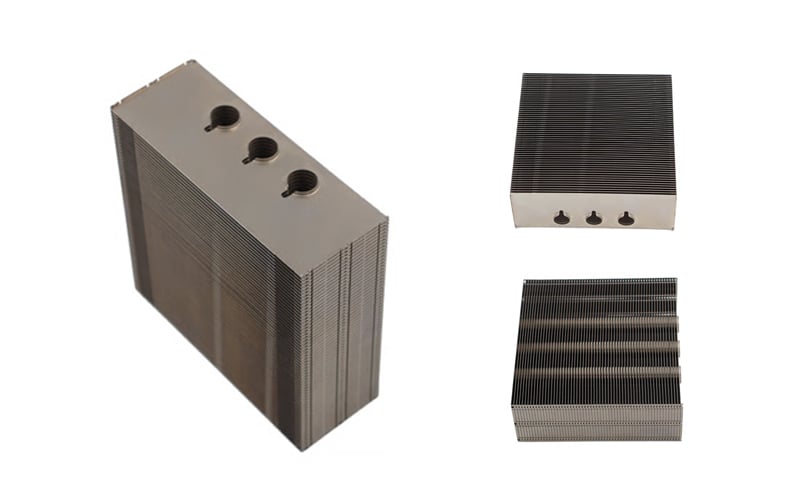What is a Heat Sink?
A heat sink is a device that helps transfer heat generated by an electronic or a mechanical device to a fluid medium, typically air or a liquid coolant. It plays a crucial role in ensuring the proper functioning and longevity of consumer electronics by dissipating excess heat efficiently.
Types of Heat Sinks
There are various types of heat sinks available for consumer electronics, including passive heat sinks, active heat sinks, and liquid cooling systems. Each type serves a specific purpose and is designed to meet the thermal management requirements of different devices.
Importance of Heat Management
Proper heat management is essential for consumer electronics to prevent overheating, which can lead to performance issues, damage to components, and even device failure. A heat sink helps regulate the temperature of electronic devices, ensuring their optimal operation under various conditions.
Heat Sink Materials
consumer electronics heat sinks are often made from materials such as aluminum, copper, or a combination of both. These materials have excellent thermal conductivity properties, allowing them to effectively transfer heat away from sensitive components and dissipate it into the surrounding environment.
Installation and Maintenance
Proper installation and regular maintenance of heat sinks are crucial for ensuring their effectiveness in managing heat. It is important to follow manufacturer guidelines and best practices when installing heat sinks to maximize their thermal performance and longevity.
Advancements in Heat Sink Technology
Advancements in heat sink technology have led to the development of innovative cooling solutions for consumer electronics. These include high-performance heat pipes, vapor chambers, and thermoelectric coolers, which offer improved thermal efficiency and reliability.
Benefits of Using Heat Sinks
Using heat sinks in consumer electronics offers several benefits, including improved device performance, extended lifespan, reduced power consumption, and enhanced reliability. Heat sinks help maintain the optimal operating temperature of electronic components, ensuring their smooth operation.
Considerations for Heat Sink Design
When designing heat sinks for consumer electronics, factors such as thermal resistance, surface area, airflow, and mounting configuration must be taken into account. The goal is to create an efficient cooling solution that meets the specific thermal requirements of the device.
Impact on Product Development
The choice of heat sink plays a significant role in the development of consumer electronics products. By selecting the right heat sink design and materials, manufacturers can improve device performance, reduce energy consumption, and enhance user experience, ultimately leading to a competitive edge in the market.
Future Trends in Heat Sink Technology
As consumer electronics continue to evolve and demand for high-performance devices grows, heat sink technology is expected to advance further. Future trends may include the integration of advanced cooling technologies, such as phase change materials and nanofluids, to optimize thermal management in electronic devices.

